The adjustment of a panel bender machine is critical to its performance and output quality. For panel bending machines, correct adjustments ensure the machine runs smoothly and produces high-quality parts. In this guide, we’ll take an in-depth look at how to adjust your panel bending machine to help you fully understand how to optimize your machine’s performance.
Table of contents
I. Basic composition and working principle of panel bender machine
II. Basic adjustment method of panel bender machine
III. Adjust the panel bender machine according to different material types and thicknesses
IV. Ensure optimal performance of the adjusted panel bender machine
V. Utilize the advanced features of your panel bender machine for optimal performance
I. Basic composition and working principle of panel bender machine
The panel bending machine consists of several key components, including bending frame, bending knife, clamping device, etc. Its basic working principle is to place the metal plate under the clamping device and use a bending knife to bend the plate to achieve the required bending angle and shape.
Bending frame:
The main part of the panel bending machine is the bending frame, which is usually constructed of strong steel. The bending frame provides a stable support structure to carry and support the forces and pressures throughout the bending process.
Bending knife:
The bending knife is one of the key components of the panel bending machine and is usually made of carbide. It is located at the lower part of the bending frame and is used to bend metal sheets. The design and adjustment of the bending knife determines the angle and shape of the final bend.
Clamping device:
The panel bending machine is equipped with a clamping device to secure the metal sheet to prevent it from moving or sliding during the bending process. The clamping device usually consists of a pressure plate and a clamping clamp, which can firmly clamp the metal sheet to ensure its stability and accuracy.
Bending force:
Panel bending machines bend metal sheets by applying bending force. The amount of bending force depends on several factors, including the thickness of the sheet, the angle of bending and the materials used.
Control system:
Modern panel bending machines are usually equipped with advanced control systems that enable automated operation and precise adjustments. The control system can monitor various parameters during the bending process and adjust and control according to the set requirements to ensure that the final bending result meets expectations.
II. Basic adjustment method of panel bender machine
The basic adjustment of the panel bending machine includes the adjustment of parameters such as the bending frame, clamping device and bending knife. The following is a more detailed introduction:
Bending frame adjustment:
The bending frame is the main frame of the panel bending machine. Its stability and levelness are crucial to ensuring processing accuracy. In the basic adjustment, the operator needs to ensure that the structure of the bending frame is stable and not loose or deformed, and maintain horizontality and verticality by adjusting bolts and supports.
Clamping device adjustment:
Clamping devices are used to secure the metal sheet to prevent it from moving or sliding during the bending process. In the basic adjustment, the operator needs to ensure that the clamping device can firmly clamp the metal sheet, and ensure its stability and accuracy by adjusting the position and strength of the pressure plate and clamping clamp.
Bending knife adjustment:
The bending knife is one of the key components of the panel bending machine, and its adjustment directly affects the accuracy of the bending angle and shape. In the basic adjustment, the operator needs to adjust the position, angle and pressure of the bending knife according to the processing requirements and material characteristics to ensure that the metal sheet can be bent correctly.
Bending force adjustment:
Bending force is the force exerted by the panel bending machine on the metal sheet during the bending process, and its size directly affects the depth and shape of the bend. In the basic adjustment, the operator needs to adjust the size and application method of the bending force according to the thickness and hardness of the metal sheet to ensure that the bending effect meets the requirements.
Control system adjustment:
Modern panel bending machines are usually equipped with advanced control systems that enable automated operation and precise adjustments. In the basic adjustment, the operator needs to be familiar with the operation interface and parameter settings of the control system, and make corresponding adjustments and optimizations according to the processing requirements and actual conditions to ensure that the processing effect reaches the best state.
III. Adjust the panel bender machine according to different material types and thicknesses
For processing different materials, the panel bending machine must also be adjusted for different material types and thicknesses. The hardness, toughness and thickness of different materials will affect the working effect of the bending machine, so the operator needs to make corresponding adjustments according to the specific situation.
Adjustment of different material types:
For different types of materials, such as stainless steel, aluminum alloy, carbon steel, etc., their hardness and toughness are different, so the parameters of the panel bending machine need to be adjusted accordingly. For example, for harder stainless steel materials, the pressure and bending force of the bending knife may need to be increased to ensure that the metal sheet can be bent correctly without cracks or deformation.
Adjustment of different thicknesses:
The thickness of the material is also one of the important factors affecting the adjustment of the panel bending machine. Normally, for thinner metal sheets, lower bending force and smaller bending angle can be used; while for thicker metal sheets, it is necessary to increase the bending force and adjust the position of the bending knife to ensure that the metal sheet can Can be bent completely without breaking or deforming.
Adjustment of special materials:
In addition to common metal materials, some special materials such as composite materials, plastics, etc. may also require special adjustments. The properties of these materials are different from metals and may require more detailed adjustments to ensure processing results and quality.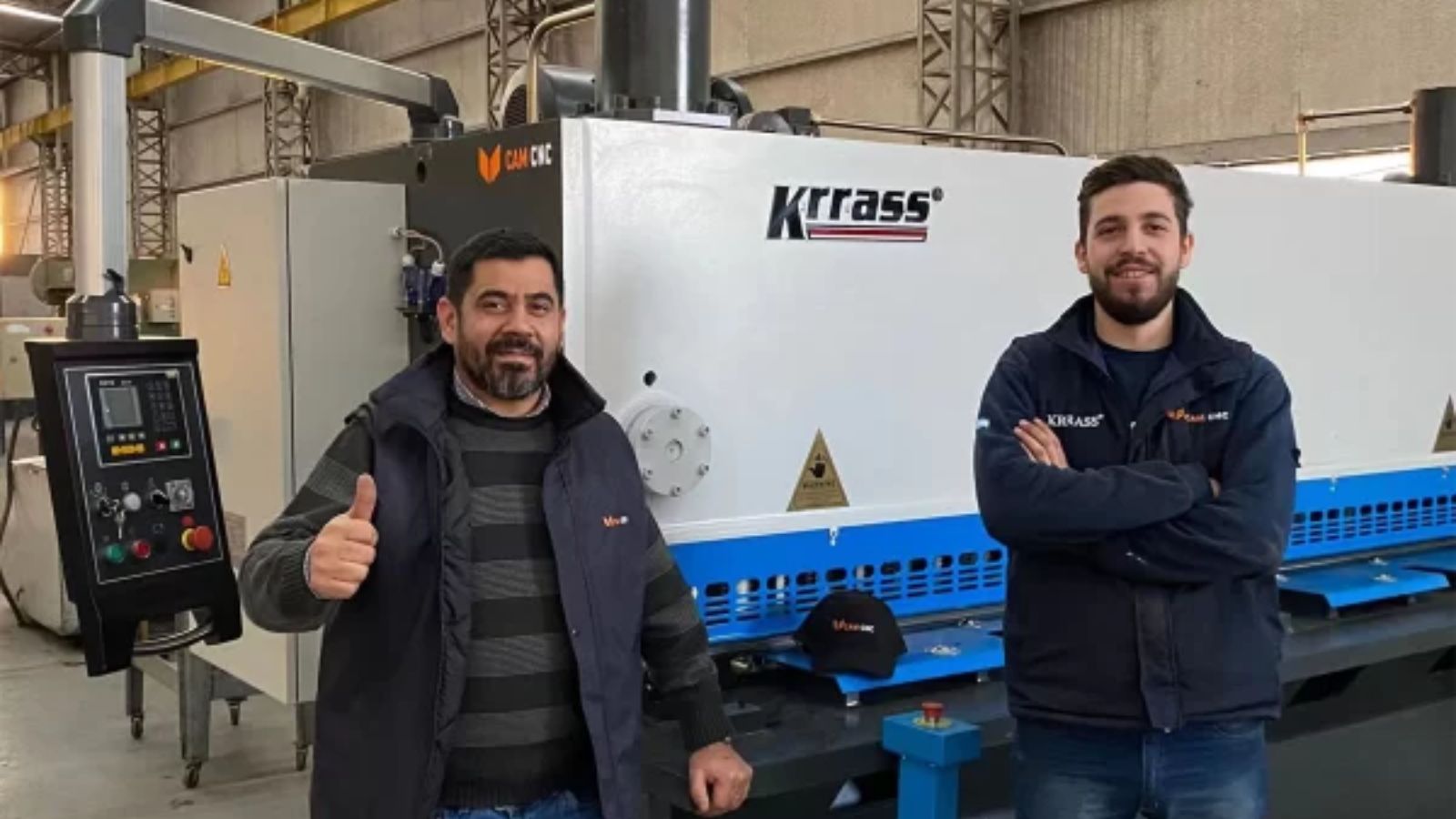
IV. Ensure optimal performance of the adjusted panel bender machine
After adjusting the panel bending machine, verification and testing are required. Operators should conduct a comprehensive functional test to confirm that all parameters and components are adjusted correctly and that the equipment works as expected.
Functional testing:
The operator should gradually test various functions of the panel bending machine, including the stability of the clamping device, the accuracy of the bending knife, and the accuracy of the bending angle. By simulating the actual processing process, the performance of the equipment under different working conditions is checked to ensure the normal operation of various functions.
Processed sample inspection:
Processed samples should be inspected and evaluated before actual production. The operator can select some representative materials and thicknesses, process the samples, and inspect the processed samples to ensure that the bending angle, surface quality, etc. meet the requirements.
Performance adjustment:
Based on the results of functional testing and sample inspection, operators may need to further adjust the parameters of the panel bending machine to optimize the performance of the equipment. This may involve fine-tuning the position of the bending knife, adjusting the pressure of the clamping device, etc. to achieve more precise and stable machining results.
Troubleshooting:
If any problems or anomalies are discovered with the equipment during testing, operators should troubleshoot immediately. This may include checking whether the connections of various components are tight, cleaning and lubricating key areas, repairing damaged components, etc. Timely resolution of problems can ensure that the equipment operates stably and reliably in actual production.
Training and documentation updates:
Finally, operators should update operating manuals and training materials in a timely manner to record lessons learned and best practices during the adjustment process for future reference and training of new operators. This helps improve the team’s overall productivity and production quality.
V. Utilize the advanced features of your panel bender machine for optimal performance
Panel bending machines usually have some advanced functions and technologies, such as automatic adjustment functions, digital control systems, etc. Understanding and making full use of these functions can help companies achieve more efficient operations and production, thereby improving production efficiency and product quality.
Automatic adjustment function:
Modern panel bending machines are usually equipped with an automatic adjustment function, which can automatically adjust various parameters, such as bending strength, clamping pressure, etc., according to material type, thickness and processing requirements. This intelligent adjustment can greatly improve production efficiency and reduce human errors.
Digital control system:
Panel bending machines using digital control systems have higher accuracy and stability. Operators can easily set and adjust processing parameters through the touch screen or computer interface to achieve more precise bending angles and shapes and improve product quality.
Automated feeding system:
Some advanced panel bending machines are equipped with automated feeding systems, which can realize automatic feeding and discharging, reduce manual intervention, and improve production efficiency and work safety. This kind of system usually also has automatic detection and correction functions, which can detect and correct processing problems in time.
Remote monitoring and diagnostic functions:
Some panel bending machines also have remote monitoring and diagnostic functions, which can realize remote real-time monitoring of equipment operating status, collection of production data, fault diagnosis and remote maintenance. This helps improve equipment reliability and stability, reducing downtime and repair costs.
Intelligent production management system:
Some panel bending machines can also be integrated with intelligent production management systems to realize production planning and scheduling, production data analysis, resource allocation and other functions to further improve production efficiency and management levels.
VI.Conclusion
This guide provides a basic understanding of how to adjust the Panel Bender Machine. To learn more about Panel Bender Machine, click here. KRRASS will be at your service.


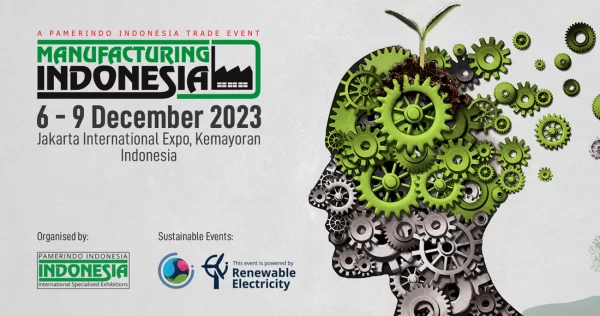
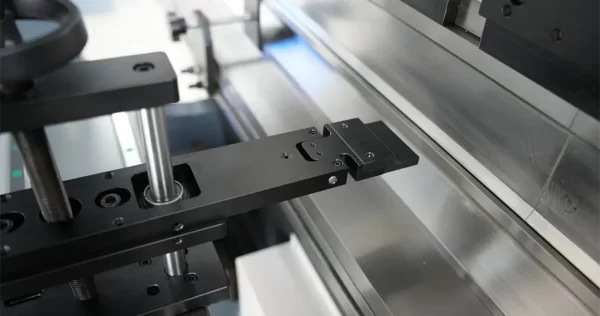
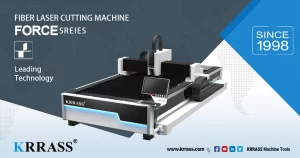
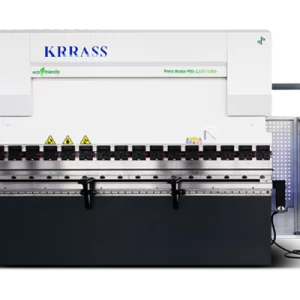
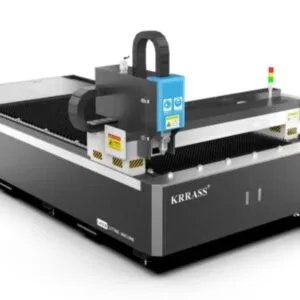
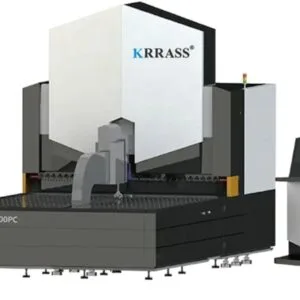
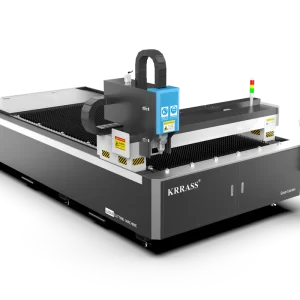
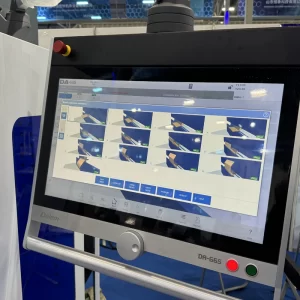
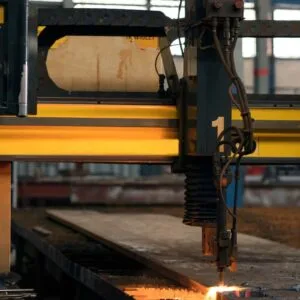
Reviewed by 2 users
This article on panel bender machines is very useful and helpful in choosing the right machine for us,The machine is also durable and well-built, ensuring long-term use without any issues
This article on panel bender machines is very useful and helpful in choosing the right machine for us, Krrass has always been reassured by the quality of their machines